New Zealand ANZ business confidence dropped to -51.8 in February, down from December’s -23.2. Own activity outlook dropped from 11.8 to -2.2. Export intentions dropped from 8.8 to 0.9. Investment intentions dropped from 11.4 to 4.5. Employment intentions dropped from 10.5 to 2.3. Cost expectations rose from 88.2 to 92.0. Profit expectations dropped from -13.1 to -32.7. Pricing intentions rose from 63.6 to 74.1. Inflation expectations rose from 4.42 to 5.29.
ANZ said, “All up, 2022 is shaping up to be a challenging year economically, and getting on top of super-charged inflation without an outright recession is looking increasingly difficult. But with CPI inflation heading well over 6% the RBNZ has no choice but keep right on hiking. And now global geopolitical developments threaten yet more imported inflation via energy markets. Buckle up.”



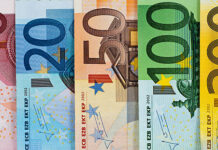
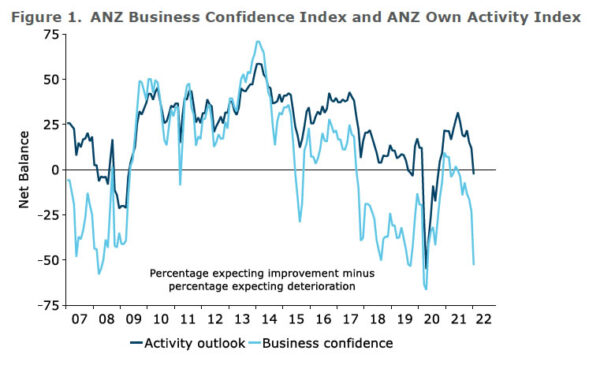
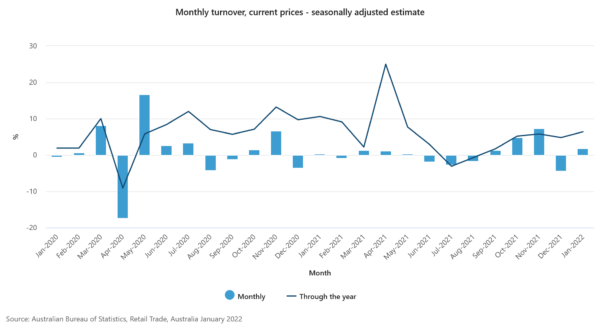
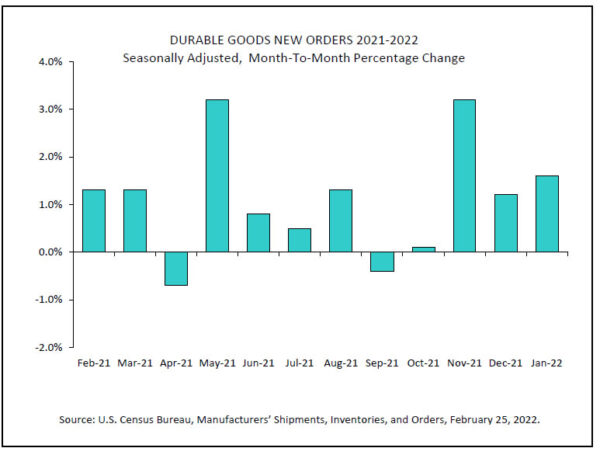
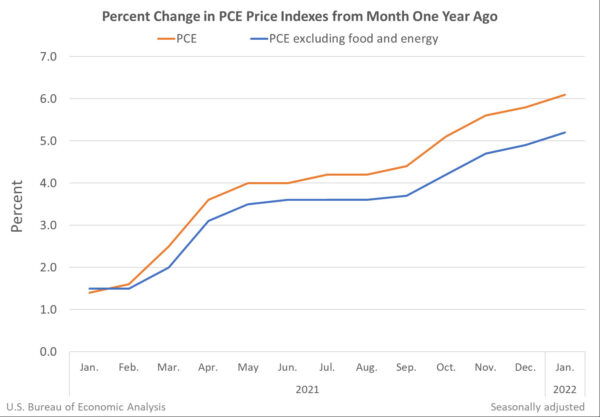
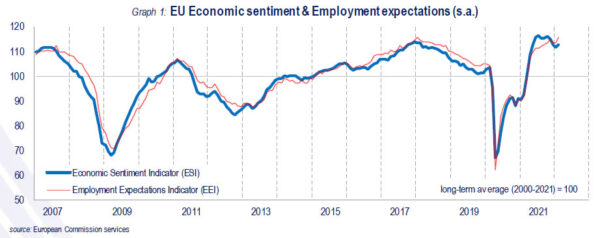
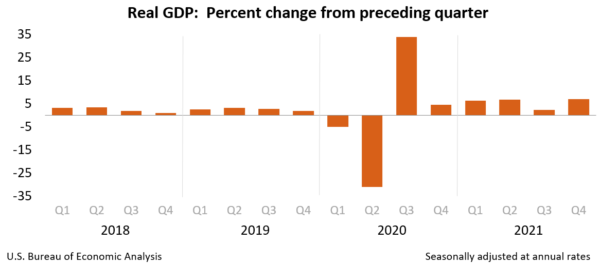
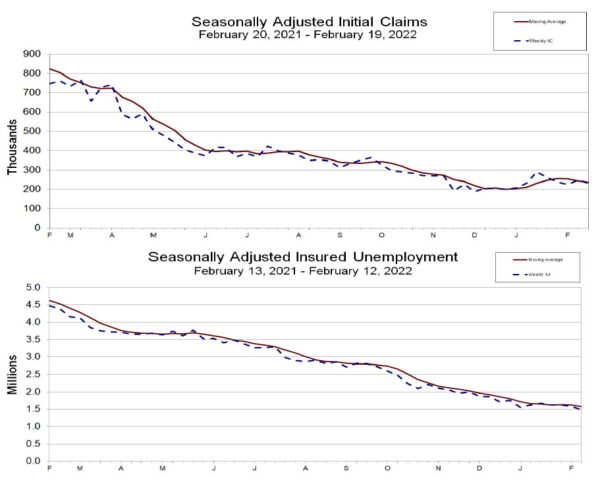
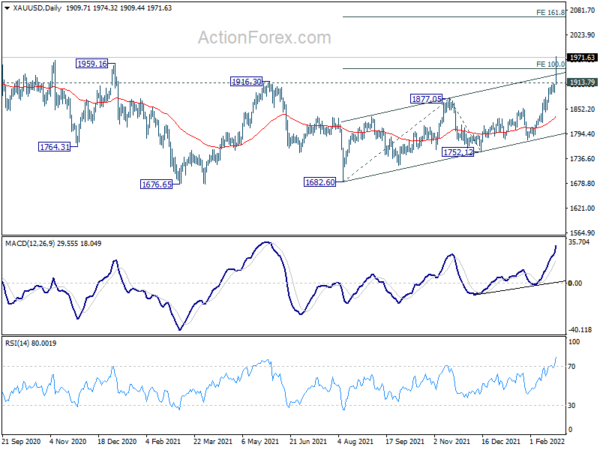
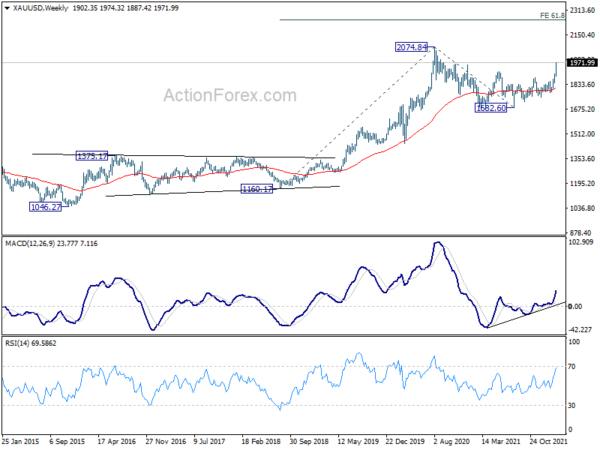
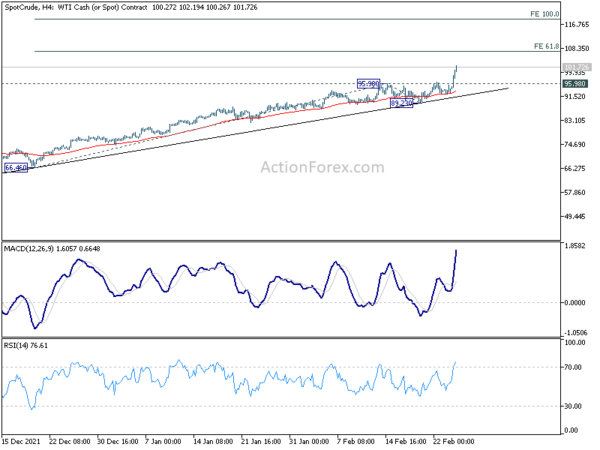
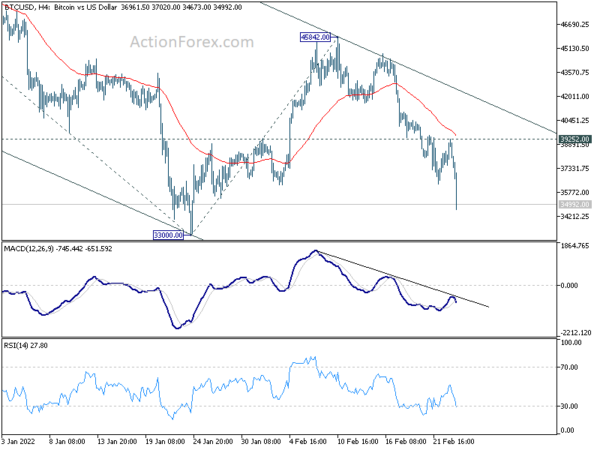
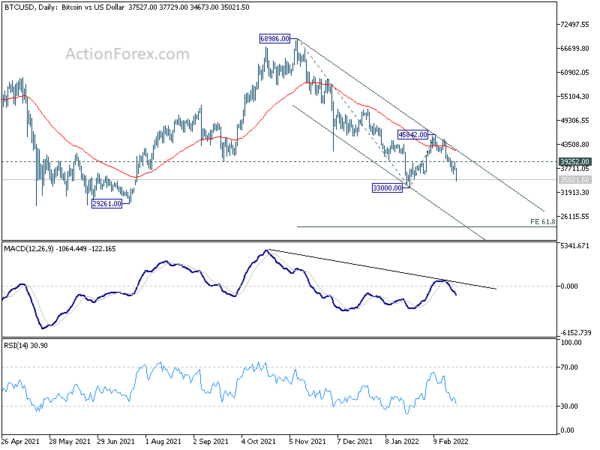
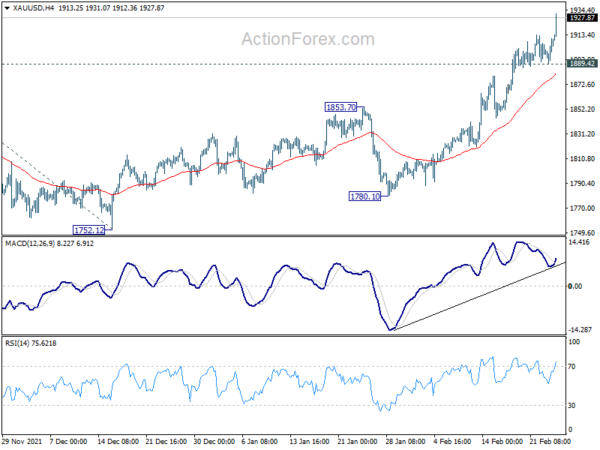
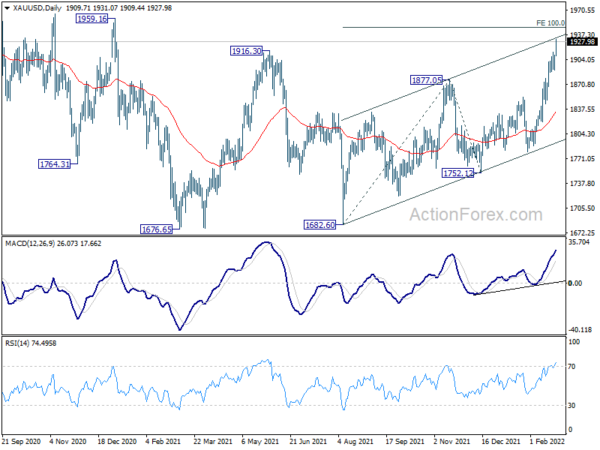
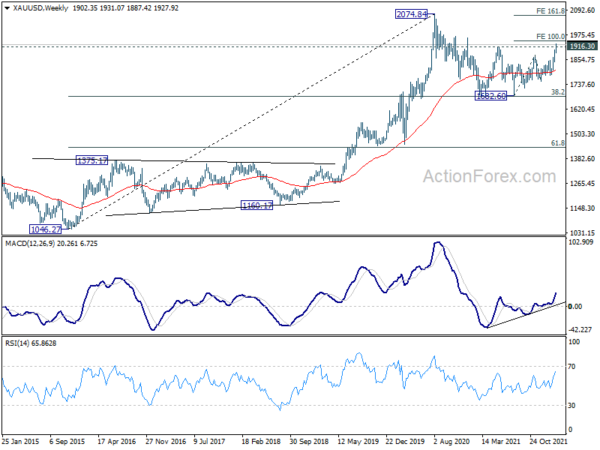

Swiss KOF dropped to 105 in Feb, primarily on manufacturing
Swiss KOF Economic Barometer dropped from 107.2 to 105 in February, below expectation of 108.5. KOF said, “the indicators from the manufacturing sector are primarily responsible for the decline, followed by those from the financial sector. The signals for the Swiss exporters are somewhat more favourable than before. ”
Full release here.